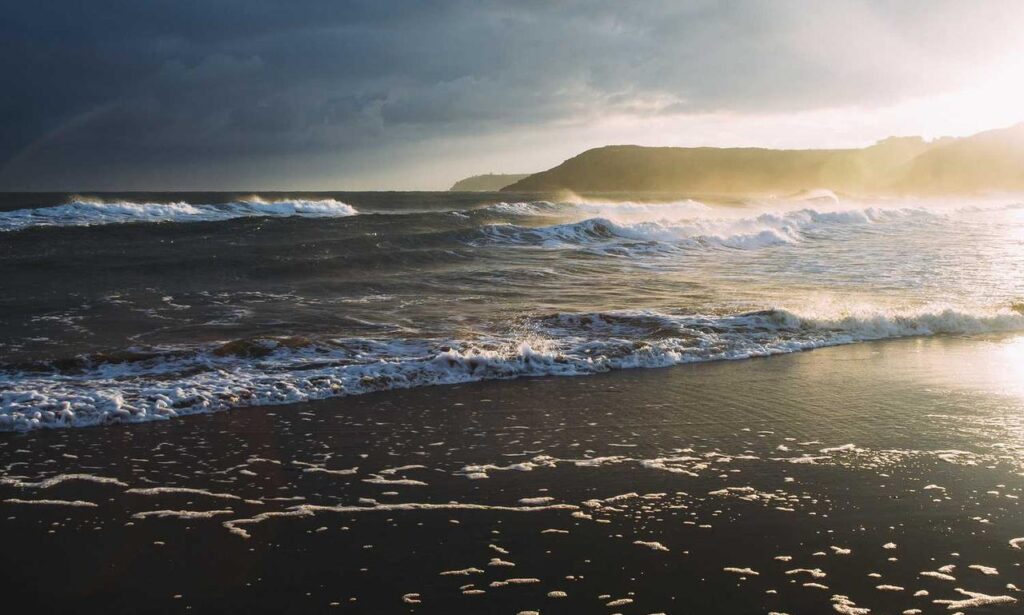Lerakuty Cave: What Makes It Worth the Detour
Ignore the tourist maps. Lerakuty cave wasn’t made to impress on paper—it stands out through presence. From the outside, it doesn’t shout. It’s a modest entrance cloaked with vines and rugged stone, easily overlooked unless you’re looking for it. But step inside, and the change is instant: cool air, echosoft acoustics, and rock formations that punch well above their weight in detail.
It’s not just looking at rocks. The cave pulses with quiet energy. Surfacelevel explorers will find beauty in the texture and shapes, but go further—mentally or literally—and you start noticing the real deal: how the cave was shaped over time, how small streams carved bends, how stillness gives space for thought.
How to Get There Without a Hassle
Lerakuty cave’s remote nature means getting there takes some prep. The closest big town is about a twohour drive, give or take, depending on road conditions. Most travelers rent a 4×4—it’s not mandatory, but you’ll appreciate the clearance and control.
Once you park at the trailhead, you’re looking at a moderate hike—around 3 miles one way. No vertical scaling or rope work, but the path is rugged enough to discourage flipflops and casual walkers. Good boots, water, and patience are your basic essentials.
Pack Light, Pack Right
You don’t need to bring your whole closet, but gear matters. Headlamp instead of a flashlight—handsfree makes things safer. Wear moisturewicking layers, gloves for grip, and if you’re planning to go deep into lerakuty cave, a helmet isn’t overkill.
Pro tip: waterproof bags. The internal cave humidity can mess with your electronics. And bring a physical map—GPS doesn’t always behave underground.
It’s Not a Theme Park. Respect It.
This isn’t the cave with steps and fixed lights. Lerakuty cave plays by nature’s rules. That includes bat colonies, tight squeaks in certain passages, and zero cell coverage. All part of the charm, unless you treat it like a playground.
Stick to marked paths if they’re there, and don’t touch formations. Oils from your skin can mess with fragile calcite growths. Leave nothing behind—not even biodegradable trash. What you bring in, you pack out. Period.
The Best Times to Make the Trip
Timing matters. Lerakuty cave is accessible yearround, but seasons change the experience. Spring and fall offer cooler hiking temps and less slippery trails. Summer’s fine if you start early to avoid the heat, though high humidity inside the cave will still wrap around you. Winter hiking is doable but can mean icy approaches—only take it on if you’re properly equipped.
Midweek mornings are best if you want solitude. Weekends draw a few hikers now and then, but you’ll rarely see more than a couple of groups even during peak months.
What You’ll Actually See Inside
There’s no colored lighting or guide giving rehearsed facts. What you see depends on how you move and where you focus. The cave has classic features like stalactites and stalagmites, sure, but also unusual flowstone galleries and narrow passageways that feel less like architecture and more like sculpture.
Some rooms are tight, forcing you to shuffle or crawl. Others open up dramatically. One chamber in particular—locals call it “the vaulted room”—has acoustics so fine you could whisper and hear your echo circle back with perfect clarity.
Go With or Without a Guide?
If you’re a firsttimer, consider taking a local guide. They’re not standing around at the entrance, though. You’ll need to schedule online or through the nearest outdoor outfitter. Guides add value, especially if you’re not wellversed in underground navigation.
Experienced cavers can handle it solo or in a small group, but still notify someone of your plans. Let them know your route, when you’re entering, and when you plan to exit. Emergencies don’t care how confident you feel.
Nearby Spots If You Want to Make a Weekend of It
Lerakuty cave doesn’t sit in isolation. Surrounding the cave area, there are hiking trails with views of ridge lines you won’t find on postcards. Some smaller caves are scattered within walking distance—not as deep, but still worth checking out.
For those staying overnight, a few lowkey lodges and campgrounds exist within 10–15 miles. Forget fivestar glamour. Think rented cabins, communal fire pits, and starheavy skies.
Photography Tips for Underground Shots
Forget big tripods and flashheavy setups. Inside lerakuty cave, simplicity works best. Fast lenses and high ISO will be your friend. Try long exposures if you’re stable enough, but handheld can still get results if your camera’s decent.
Focus on texture and shape. Contrast between darkness and soft light can make a picture look almost painted. And maybe most importantly: silence your shutter and just look before you shoot.
The Takeaway
Lerakuty cave doesn’t ask for much—just that you show up prepared, stay sharp while you’re there, and leave it as you found it. It’s not curated or commercialized, and that’s exactly why it deserves a visit. The wild doesn’t exist to be impressed—it exists to be experienced. If you’re up for that, start planning. The cave’s not going anywhere, but it won’t change to make things easier.
Just you, your headlamp, and a silence older than memory. That’s lerakuty cave.
